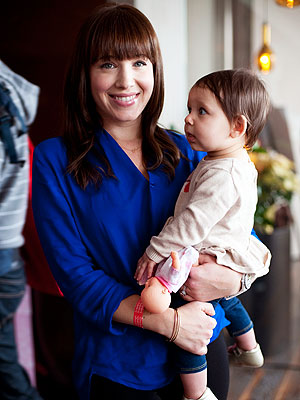LONDON — The chairman of the London Stock Exchange, Chris Gibson-Smith, simply does not have the time to speak. Christopher North, the boss of Amazon in Britain, is too busy as well. And Charles Dunstone, the founder of the mobile phone retailer Carphone Warehouse, also has an exceptionally full agenda.
All three are among a dozen or so top business and financial leaders concerned enough about Britain’s future in the European Union to join the advisory council of a group campaigning to keep the country in the bloc.
But not many of them seem ready to explain why in public.
Bringing access to an economic area of about 500 million people, membership in the European Union is vital to many British businesses. Yet with the public divided over Britain’s ties to the bloc, most business leaders prefer a discreet silence to risking criticism.
Recently the stakes have increased, with Prime Minister David Cameron promising to loosen British ties to the bloc and possibly hold a referendum after negotiating a more arm’s-length relationship. After almost three years of crisis in the euro zone, there is more speculation than ever about a possible British withdrawal.
Britons have never been enthusiastic about the idea of European integration. So pro-Europeans are frustrated by the reluctance of business to stress the commercial benefits, particularly since, in private, company bosses can be outspoken about the risks of withdrawal.
“What they say to me when I meet them is this would be disastrous for British business,” said Glenis Willmott, leader of the British Labour Party’s members of the European Parliament.
Last month, Roger Carr, chairman of the main business lobbying organization, the Confederation of British Industry, appealed to his colleagues to break their silence or risk a possibility that now goes by the shorthand “Brixit”: British exit.
On Europe it was “essential that the voice of British business is loud and clear in extolling the virtues of future engagement,” he said.
A poll of business leaders by Ipsos MORI, commissioned in 2011 by Business for New Europe, a lobbying group campaigning for continued British membership, showed that 33 percent said they strongly agreed that a British exit from the European Union would damage business.
So why the silence when the stakes are so high?
“I ask myself, Why are these people not willing to be more outspoken?” said Phillip Souta, director of Business for New Europe. Its advisory council includes Mr. Gibson-Smith, Mr. North and Mr. Dunstone — all of whom declined to be interviewed.
“But I understand why they are not willing to be more outspoken is because it is so politically divisive,” he added. “Boards are divided on all of these issues. If you don’t have consensus they will agree not to talk.”
Some business leaders who supported earlier pro-European initiatives have been compromised by having advocated British membership in the now struggling euro.
Martin Sorrell, chief executive of the advertising group WPP and one of a handful of business figures happy to go on television to make a pro-European case, says many colleagues find the European Union too politically charged.
“Business leaders don’t want to speak out on these controversial issues,” he said. “They’ve got enough to do trying to run their own businesses and focusing on their own businesses and challenges.”
And even pro-European company bosses tend to have some reservations about the way the European Union is run, including the level of bureaucracy, the “more extreme” pieces of European legislation and the increases demanded by some in the bloc’s budget, he said.
Nevertheless, Mr. Sorrell says he believes that Europe’s internal market is “a major economic opportunity that we would live to regret passing up” and Britain has a better chance of resolving its problems with the union if it argues from within.
With the debate moving so swiftly in a euro-skeptic direction, pro-union campaigners are beginning to organize a counteroffensive.
If there is a referendum on Britain’s relations with the union, Mr. Sorrell says he believes that his business colleagues will stir.
Ms. Willmott thinks there’s no time like the present. “They say this to us privately, why not say it publicly?” she said. “It’s about time we heard these arguments.”























